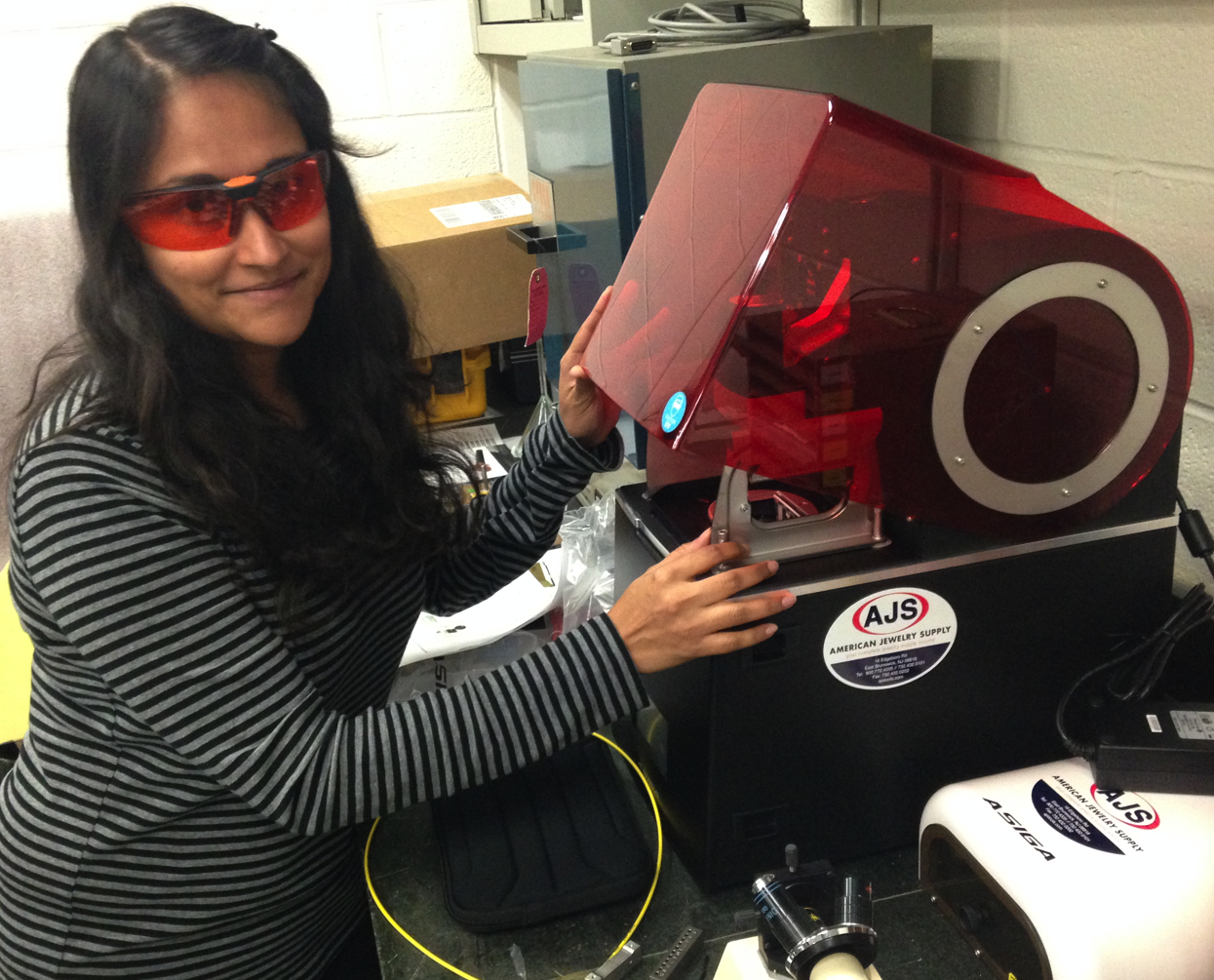Congrats to Recent CEHW PhD’s
Congratulations to the four CEHW graduate students who successfully defended their Ph.D. defenses.
Natasha Batalha
Title: “A Synergistic Approach to Interpreting Planetary Atmospheres”
Advisors: Jim Kasting and Avi Mandell.
This fall, Natasha will begin a postdoctoral position at the Space Telescope Science Institute with Dr. Nicole Lewis.
Taran Esplin
Title: “Observations of Brown Dwarfs at Low Temperatures and Low Masses”
Advisor: Kevin Luhman.
In late June, he will begin the Peter A. Strittmatter Fellowship at the University of Arizona.
Arpita Roy
Title: “Connecting the Pale Blue Dots: Detection & Characterization of Exoplanets with Extreme Precision Spectroscopy”
Advisor: Suvrath Mahadevan
Two decades ago, technological advancement aligned with some of mankind’s oldest and most compelling questions to give birth to exoplanet science. Since then, the study of exoplanets, more than any other field of astrophysics, has grown in direct consonance with new instrumentation. Driven by the urge to find true Earth analogs, we are now on the path to extreme precision spectroscopy, to measure stellar motions at the level of 10cm/s. This dissertation presents the comprehensive and multifaceted path to building and maximizing the use of these next-generation instruments, including hardware and software solutions, false positive vetting, and future exoplanet characterization.
Arpita is moving on to Caltech as a Robert A. Millikan Prize Postdoctoral Fellow at the end of July.
Kimberly Cartier
Thesis title: Photometric Exoplanet Characterization and Multimedia Astronomy Communication
Advisor: Jason Wright
Kim’s thesis details three photometric follow-up techniques to more precisely characterize transiting exoplanets, reveal hidden or missing information about the planetary system, and develop better techniques for future exoplanet missions. The second part of Kim’s thesis reviews well-tested communication theory relevant to professional astronomers, applies these to astronomy-specific examples, and argues the need for teaching effective communication methods as part of astronomy degree programs. Kim is beginning a career in science writing at Eos magazine, run by the American Geophysical Union in Washington DC.






